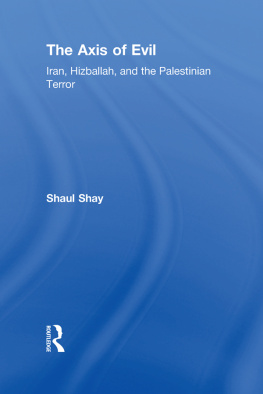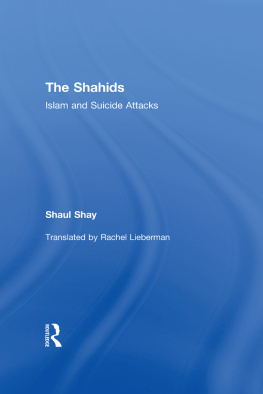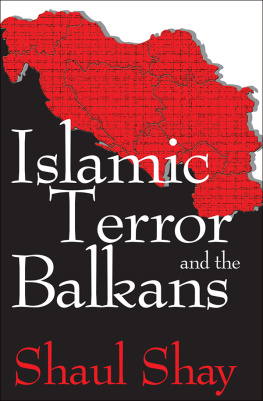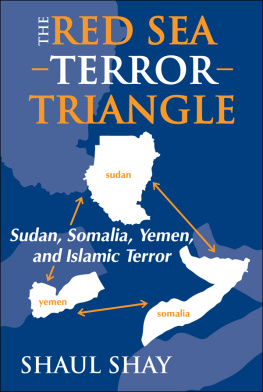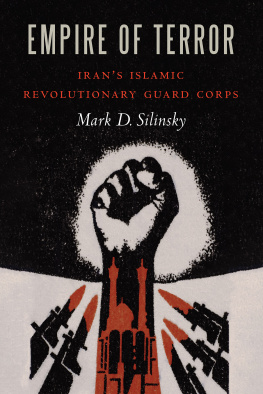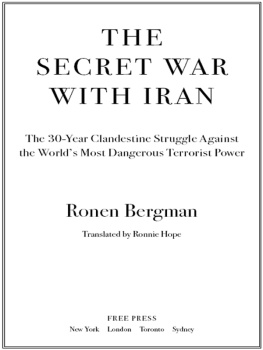In the course of twenty-five years of Islamic rule (19792004), Iran has appeared to be a state that supports a radical foreign policy with no holds barred, including terror, in order to export the Islamic revolution and facilitate its political objectives. The use of terror as a tool to further political interests is not exclusive or unique to Iran, but there is no doubt that during the reviewed period Iran was among the most prominent countries to encourage terror and use it to realize its goals on the international level.
In a speech delivered in February 2002, U.S. President George Bush defined Iran as a member of the Axis of Evil that supports terror and is involved in an attempt to create weapons for mass destruction. Since the beginning of the 1980s, Iran has appeared on the U.S. State Departments list of states that support terror. Indeed, since the Islamic revolution in 1979, Iran was one of the leading countries to use terror to promote its objectives in the international arena.
This volume aspires to comprehend the motives behind Irans methodical use of terror as a tool to achieve its international goals, and strives to elaborate the way that terror is actively integrated into achieving of these goals. It discusses the issue of Iranian state-supported terror from as wide an angle as possible, and does not limit itself to the Israeli aspect and the connection to the Arab-Israeli conflict. The study emphasizes that Iran views terror as an effective tool to further its objectives, as a substitute for or supplementary measure to diplomatic processes, and that terror constitutes a legitimate means in the Iranian regimes battle against its external and internal rivals and enemies. From an in-depth analysis of terror attacks perpetrated during the reviewed period (19802003), based on data provided by research institutes and publications in the media, it is possible to point to hundreds of international attacks perpetrated by Iranian entities or Shiite/Palestinian-sponsored organizations (on an average, slightly more than one attack per month over a period that exceeds twenty years). This study analyzes the phenomenon of Iranian and Shiite terror according to these characteristics:
The ideological and religious background vis--vis the use of terror, and the Iranian intelligence and terror agencies;
The various categories of Iranian state terror (terror perpetrated against foreign targets on Iranian soil, Iranian terror worldwide, and particularly Iranian terror via proxy);
The modi operandi of the Iranian and Shiite terror (suicide attacks, attacks against aviation targets, attacks via explosive devices, assassinations, and the kidnapping of hostages;
The targets of Iranian terror.
The following restrictions and reservations apply to the current study: First, it is very difficult to provide a full description of Iranian and Shiite terror due to the lack of official and recorded data and because of attempts made by the perpetrators of terror attacks to cover their tracks. Moreover, a police investigation of a terror incident sometimes takes an extremely long time, and as a result, the identity of the suspected perpetrators changes. In addition, during the Iran-Iraq war, Iran and its proxies perpetrated hundreds of terror attacks against Iraqi targets, but this activity was often incorporated within the ongoing development of the war. Thus, the statistics in this study do not include these activities, with the exception of terror activities perpetrated against Iraq outside of its boundaries as well as terror activity perpetrated in Iraq after the war. We will also refrain from analyzing terror attacks perpetrated by the Hizballah organization against the Israel Defense Forces during the period that it was stationed in Lebanon.
Nevertheless, the issue of Iranian and Shiite terror against Israel is discussed at length on four main levels:
Irans approach to Israel and the Israel-Arab conflict;
Attacks against Israeli and Jewish targets abroad;
Attacks against Israel after its withdrawal from Lebanon (May 2000);
Iranian and Hizballah involvement in the Al Aksa Intifada (starting from September 2000).
As stated earlier, Iranian terror activity is perpetrated judiciously. Iran endeavors to leave no fingerprints that might identify it as the force behind the terror activities. Moreover, in public declarations the Iranian leadership expresses its reservations regarding terror and condemns it; this is also true of sponsored organizations such as the Hizballah. Irans attempt to conceal the terror activities that it perpetrates enables it to extract the maximum benefit from this activity. On the one hand, this prevents the terror victim from retaliating, while on the other, Iran sometimes presents itself as a mediator attempting to achieve a compromise between the victim and the terror organization. Using this method, Iran attains its goals from both directions.
Most of the information that has exposed Irans involvement in terror activities has come to light after perpetrators of acts of terror were apprehended and brought to trial, as the result of comprehensive intelligence investigations of terror attacks worldwide, and following the perpetration of acts of terror where the claiming of responsibility by the responsible organizations included declarations and/or demands that clearly reflected an Iranian link between terror activity and Iranian foreign policy. Particularly evident is the consistent and methodical usage of terror in order to force other countries to accept Iranian demands after regular diplomatic channels failed to achieve these goals. Nevertheless, although Iranian terror policy may be portrayed as a rational and sober method to achieve Iranian goals, it is important to point out several other phenomena that have significant impact on the formulation of Iranian policy:

